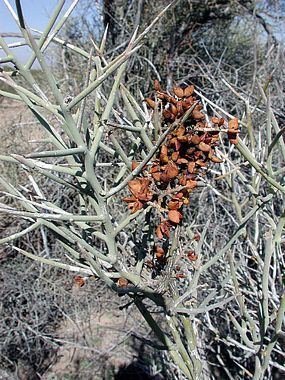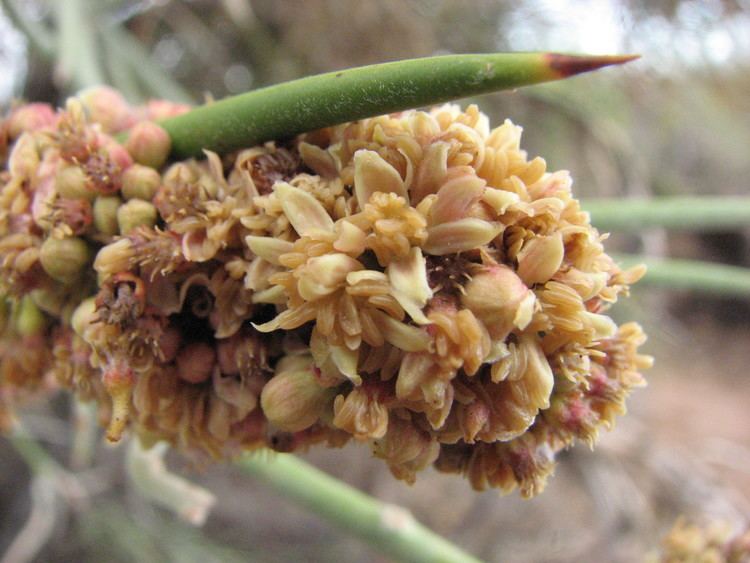Rank Species | ||
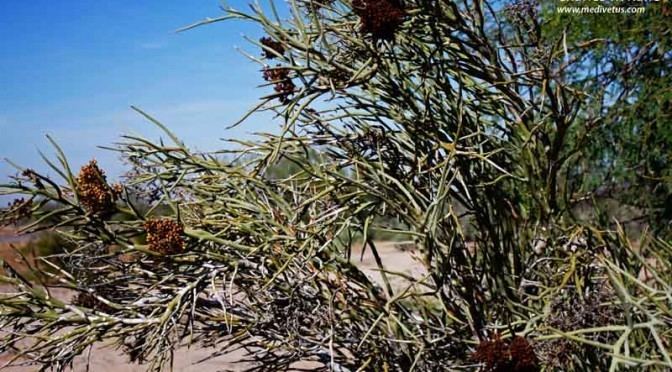 | ||
Similar Castela, Canotia, Koeberlinia, Hyptis emoryi, Bahiopsis parishii | ||
Castela emoryi, with the common names Crucifixion thorn and Emory's crucifixion-thorn, is a shrub species in the genus Castela of the order Sapindales.
Contents
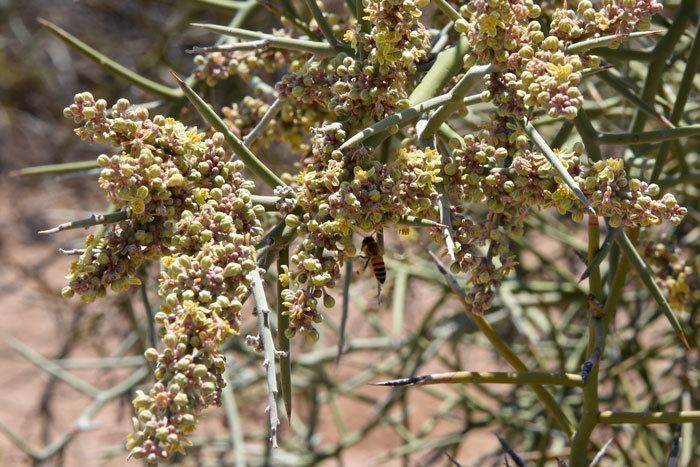
Distribution
The plant is native to the Mojave Desert and Sonoran Deserts of North America.
It is found in southern California, Arizona, and Sonora state (México).
Description
Castela emoryi is often less than 1 metre (3.3 ft), and occasionally to grows 4 metres (13 ft) or more.
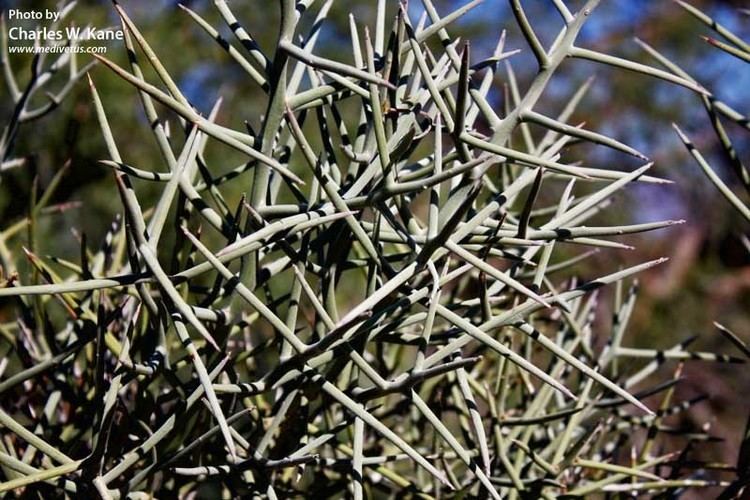
It is ranked on the California Native Plant Society Inventory of Rare and Endangered Plants, as an endangered species within California, and more common elsewhere. It is threatened by solar energy development and military activities within its California range.
Uses
The Yavapai people traditionally used this as a medicinal plant, making a dermatological aid from its bud's sap.
Insecticide and fungicide
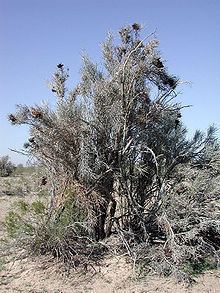
Castela emoryi is a plant toxin insecticide. It contains quassinoids such as glaucarubolone glucoside which has antifeedant properties against termites such as Reticulitermes flavipes, or potential fungicidal activity for the control of grape downy mildew.
It also contains glaucarubol, a compound characteristic of the family, ellagic acid, betulin and (—)-syringaresinol.
